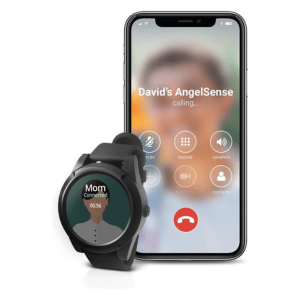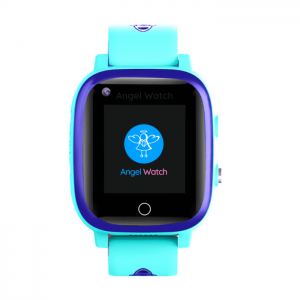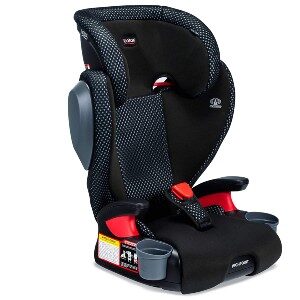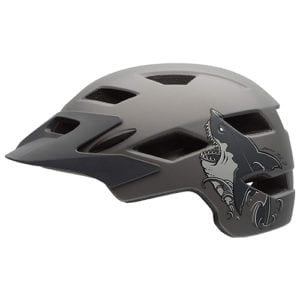General wisdom states that kids are typically ready to ride in the front seat once they hit the teen years, and the Centers for Disease Control and Prevention (CDC) agrees—all kids age 12 and under should sit in the back seat.1
Many states also have laws that outline when a child is legally allowed to ride without a booster seat, which is a prerequisite for sitting in the front seat. Be sure to check the laws in your state before moving your child from the back seat to the front.
Using a strict age guideline isn’t always the safest way to make this decision. No matter what, riding in the front seat is always riskier than riding in the back, so it’s important to make a careful choice about when to allow your child to ride in the front seat.









